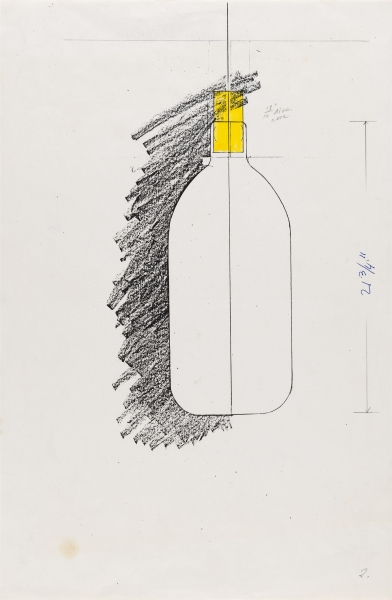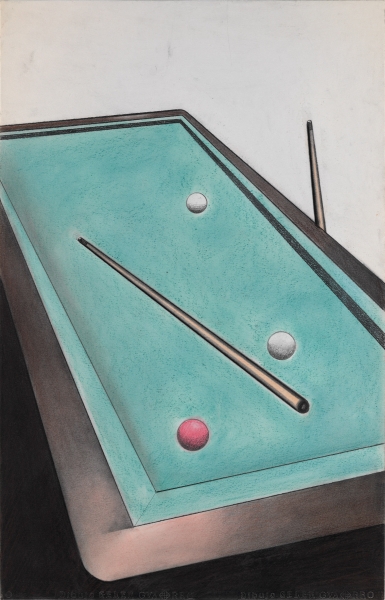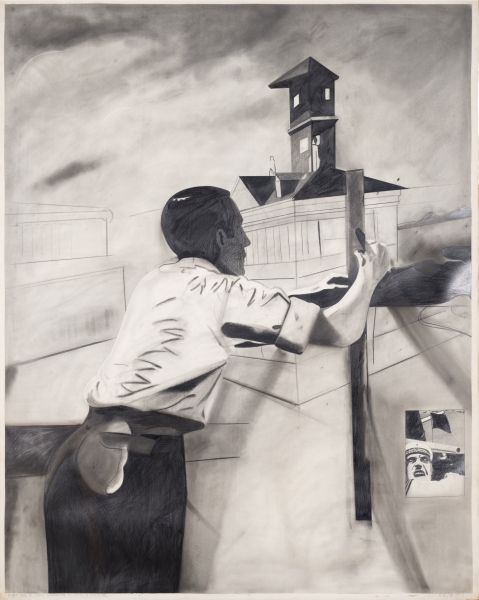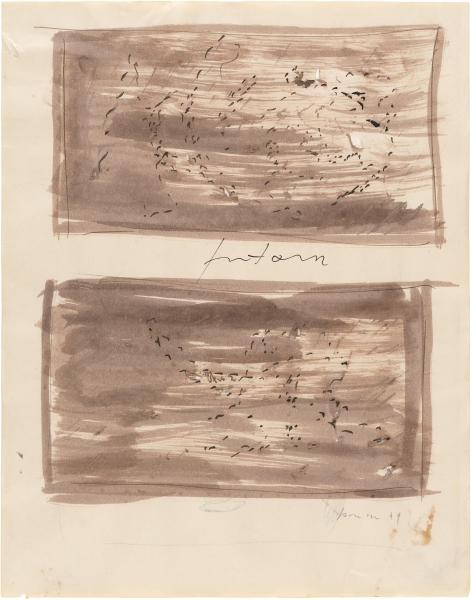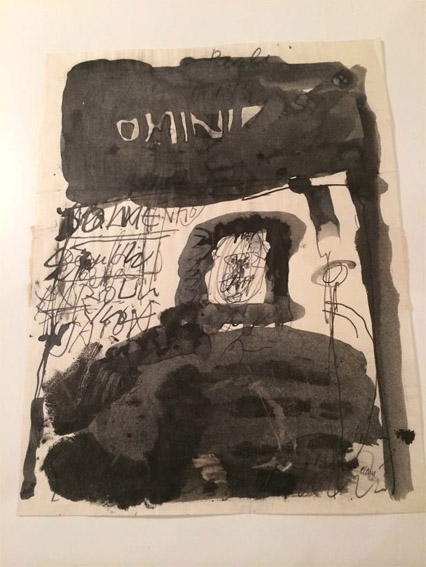New Drawings in the IVAM Collection
The importance of drawing in our cultural tradition, and the multiple functions and even contradictions in the determination of graphic shades and appreciable meanings in works of art, are clearly evident. Drawing advances a constant sequence, and ventures into an artistic territory, perhaps underexplored in the history of art, that leads us to the root and structure of figurative styles, and ways of creating art over the course of time. However, with the consolidation of modern ways of seeing throughout the industrial era, and the growing technological dissemination of images, drawing has become the appropriate tool to define the diverse formal or normative variables that go with an artistic project. Line suggests movement and defines the density of images, and at the same time expresses their evaluation as autonomous, organic and active entities. Contemporary visual culture, it must be emphasised, has surprisingly reclaimed line and drawing in the delimitation of figurative space, and has in effect restored the privileged place of the unexpected and the surprise in its modern vision of the ancestral drama of forms and signs that a work of art suggests. The IVAM collections contain more than two thousand drawings, an unusually large amount for a museum that is celebrating its twenty-fifth year. And among these it is feasible to rescue a hundred essential examples in order to understand the formal significance of this artistic genre, and to discern the complex expressive and figurative qualities they have represented in the evolution of contemporary aesthetic art. All exceptional works whose qualities are often lost in the monographic, thematic or retrospective exhibitions of figurative artists and movements typical of our times. There are however numerous works of art that remain undiscovered behind the scenes in storerooms or conserved in a database that will surely arouse the curiosity of the visitor and intrigue the specialist researcher. Uncovering some of these works is the main aim of this exhibition: a balanced selection of previously unexhibited drawings arranged in chronological order or with incisive affinities and formal parallels to provide a better understanding of the works and to place them in their proper historical context. A concise and well-planned exhibition to demonstrate the value and energy of line, plane, volume and gestural intonation which converts sensitive intuition into figure and sign, and these in turn into images with a labelled transcendent artistic proposition: realist, naturalist, abstract, informalist, surrealist or simply into an action of performance and militancy.

